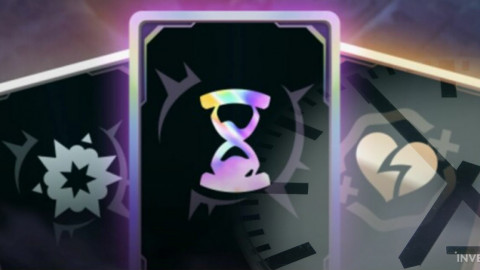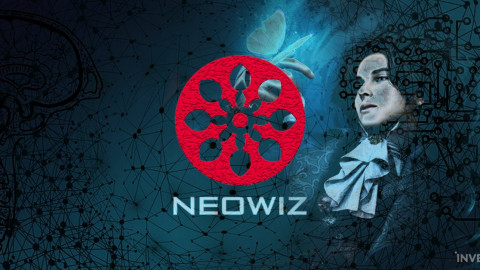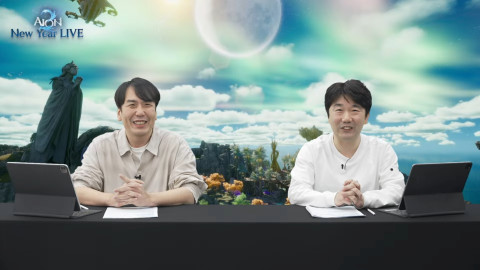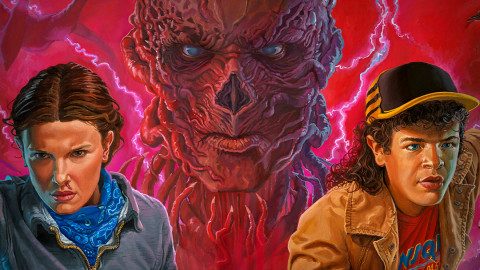
2014’s South Park: The Stick of Truth only needed to be a passable adaptation for fans to be satisfied. After all, the animated series hadn’t exactly had the best track record with video games, and the title’s prolonged and troubled development and publisher change didn’t inspire confidence. What we got, however, wasn’t just passable – it was a fantastic role-playing game that built on many of the show’s best jokes and characters, and a sharp satirical take on the many conventions we’ve come to expect from the genre. The game’s follow-up, South Park: The Fractured But Whole, doesn’t have the luxury of middling expectations, but it still put a smile on my face from beginning to end.
Taking place immediately after the Season 21 episode “Franchise Prequel,” South Park: The Fractured But Whole finds Eric Cartman and company struggling to get their new superhero franchise “Coon and Friends” off the ground. With movie deals and Netflix series seeming like pipe dreams, the group splits off into two separate groups, with Stan, Timmy, Kenny, and several other kids choosing to launch their own franchise, instead. Left with no other options, Cartman turns to you, the “New Kid,” to become the latest addition to his squad, and you must work together with the rest of the foul-mouthed kids as they attempt to rescue a cat in the hopes of receiving a $100 reward.

From the moment I started the game, The Fractured But Whole had me simultaneously chuckling and shaking my head at the lengths its writers went to poke fun at nearly every aspect of American culture. There are jokes about just about every topic, including racism in the police and the dangers of social media, but the game rarely feels like it’s actually throwing a punch at any one of these serious issues. One character returning from the last few seasons, “PC Principal,” tasks the New Kid with punching anyone using a micro-aggression in the face, but it doesn’t come across as an attack on vulnerable groups. Instead, it’s poking fun at our own tendency to judge and condemn people without making use of “teachable moments,” and the game’s surprisingly thorough explanation of gender and sexuality follows this line of thought, as well.
That’s not to say that there aren’t plenty of disgusting moments designed to make even the most steel-stomached player vomit, however. As the New Kid, you’re one of the only characters to actually have a “real” superpower: the ability to fart so badly that you actually alter time. Initially, it’s a silly gag that is used a few too many times, but as you gain new allies and unlock puzzle-solving abilities, you’ll find yourself laughing again. Farting into the diabetic Scott Malkinson’s face in order for him to go into a super-strength-granting rage is funny how often you do it.
The writers have even snuck in a few references to episodes that only the most keen-eyed South Park fans will catch, including the dastardly cuttlefish and asparagus entrée first seen in “HumancentiPad.” The inside jokes might seem a little obtuse to those who haven’t been following the most recent seasons of the show, as the game leans much more heavily on those than it does older episodes, but this helps to show just how involved creators Trey Parker and Matt Stone were in its development.

Gags aside, The Fractured But Whole features surprisingly deep role-playing combat that builds on the foundation of The Stick of Truth. Now based around a grid, characters can move as they see fit in order to line up brutal melee attacks or ranged blasts from the other side of the battlefield. With three other superheroes typically at the New Kid’s side – who is able to customize several archetypes in order to create their own ideal hero – there are plenty of options for approaching a battle. The bruising close-range combat of “Super Craig” works wonders against small groups of enemies, but when you need to take out several targets at once, “Captain Diabetes” might be the better option. Figuring out which abilities best suit the New Kid’s fighting style is a blast, and I found myself continuing to tweak them until near the very end of the game.
It should go without saying that many of the children’s attacks are as hilarious as the more narrative-heavy sections of The Fractured But Whole. Wendy’s superhero, who specializes in cyber warfare, can launch an ultimate attack that sees waves of Pokémon Go players stampeding over the battlefield, while Butters’ ultimate attack has him morph into an anime character we first saw over a decade ago.
Though their primary goal is still almost always laughter, The Fractured But Whole’s fights eventually get difficult enough to challenge even the most skilled role-playing and strategy fans. Certain boss fights use timers that require you to move quickly or risk having your turn skipped, and enemies can take down your team’s health bars before you have a chance to do any real damage. Making the most of your turns and using special status effects becomes crucial, and by the end of the game, picking the correct attacks was second nature for me.

Perhaps what’s better about The Fractured But Whole’s role-playing elements is where it doesn’t feel the need to be complex. The New Kid has access to a ton of kids to take into battle, but you don’t have to worry about customizing any of them. Instead, they’ll keep parity with your own power, so even if you haven’t used Butters or Jimmy for several hours, they’ll be there when you need them at full power.
When you’re not battling giant crabs, sixth graders, and enemy superheroes, you’ll be exploring the town of South Park and solving environmental puzzles. These use many of the same gags found in the fights, including the New Kid’s flatulence, but they also include some very light “Metroidvania” elements. Barriers and other obstacles will occasionally stop the New Kid from moving into a building or down a street, and only with the use of a new power or one of the other kids can the path be cleared. These are significantly easier than the battles, but they do help to continuously open up the relatively small map over the course of the game. You’ll be seeing new areas right up until the very end, including a few that haven’t been seen on the show.
By the time you see the final credits roll on South Park: The Fractured But Whole, a few of the jokes will seem rote and predictable, and the last few boss fights lack the hilarious moments seen early on, but there’s no denying that Ubisoft and South Park Digital Studios have managed to deliver a worthy follow-up to The Stick of Truth. It feels like you’re watching an extended episode of the show, even when it goes into more “video game” territory with experience points and customizable gear sets. I’m just hoping Parker and Stone still have a few ideas left for a third game, because I can’t wait to “come on down to South Park” again.

Sort by:
Comments :0






